Student Project Spotlight: A Year at 666 Malevolence Lane
Instr. Travis Lynn reflects on a year of growth for his students, who have evolved from a class project into a collaborative studio ready to showcase their work at SGC 2025.
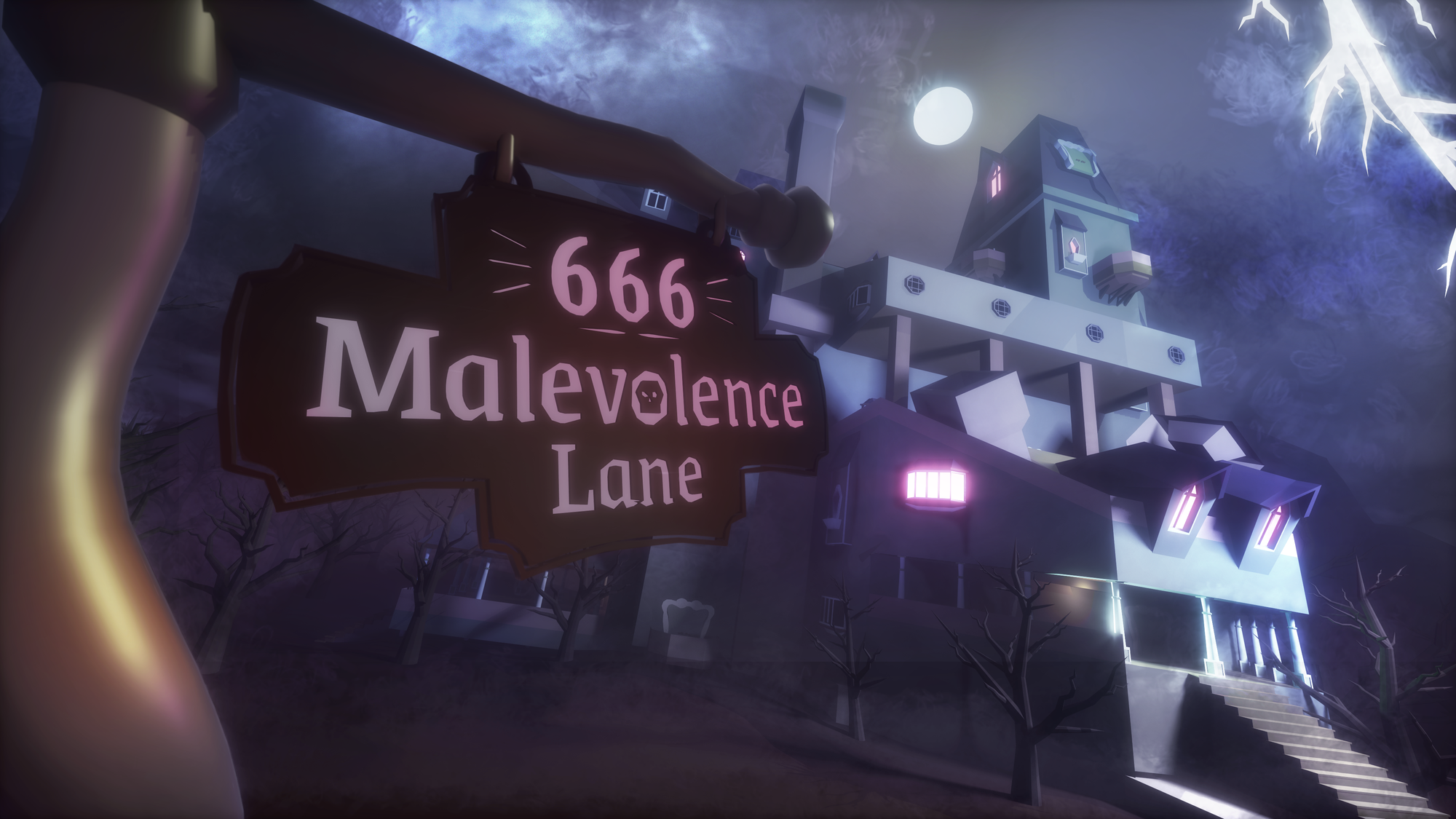
With the Shawnee Game Conference just around the corner, my days are a happy chaos of emails, meetings, and helping our speakers, exhibitors and students with everything they need. In the middle of it all, I had a moment to catch my breath and realized something wonderful: I’ve now been working with one particular group of students for almost a full year.
A Note on Our Process: For our alumni and friends, the journey for our students now formally begins with a dedicated Preproduction course, where juniors collaborate and plan their project. This then feeds into the Collaborative Capstone, which consists of two linked classes: the Game Engineering capstone, which I teach, and the Game Art capstone, taught by Greg Lyons. The students from both classes work together as a single game studio.
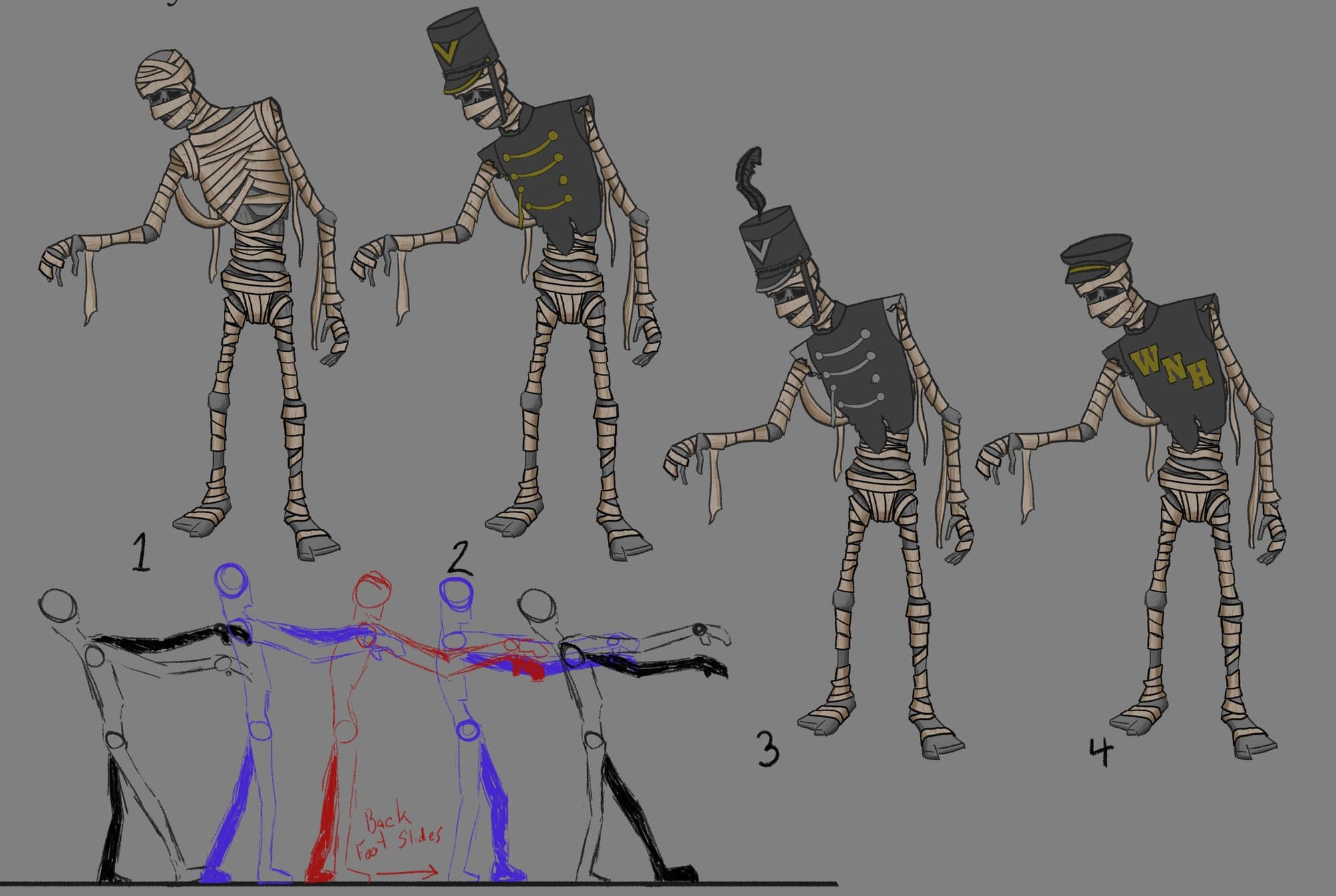
From Preproduction to Greenlight
I first met this team in my spring semester Preproduction class, where my role was more hands on. My lectures and mentorship were all about giving them the toolkit to tackle their first large-scale project. I watched this group take those lessons and run with them, transforming whiteboard scribbles and passionate debates into a solid, pitch ready concept.
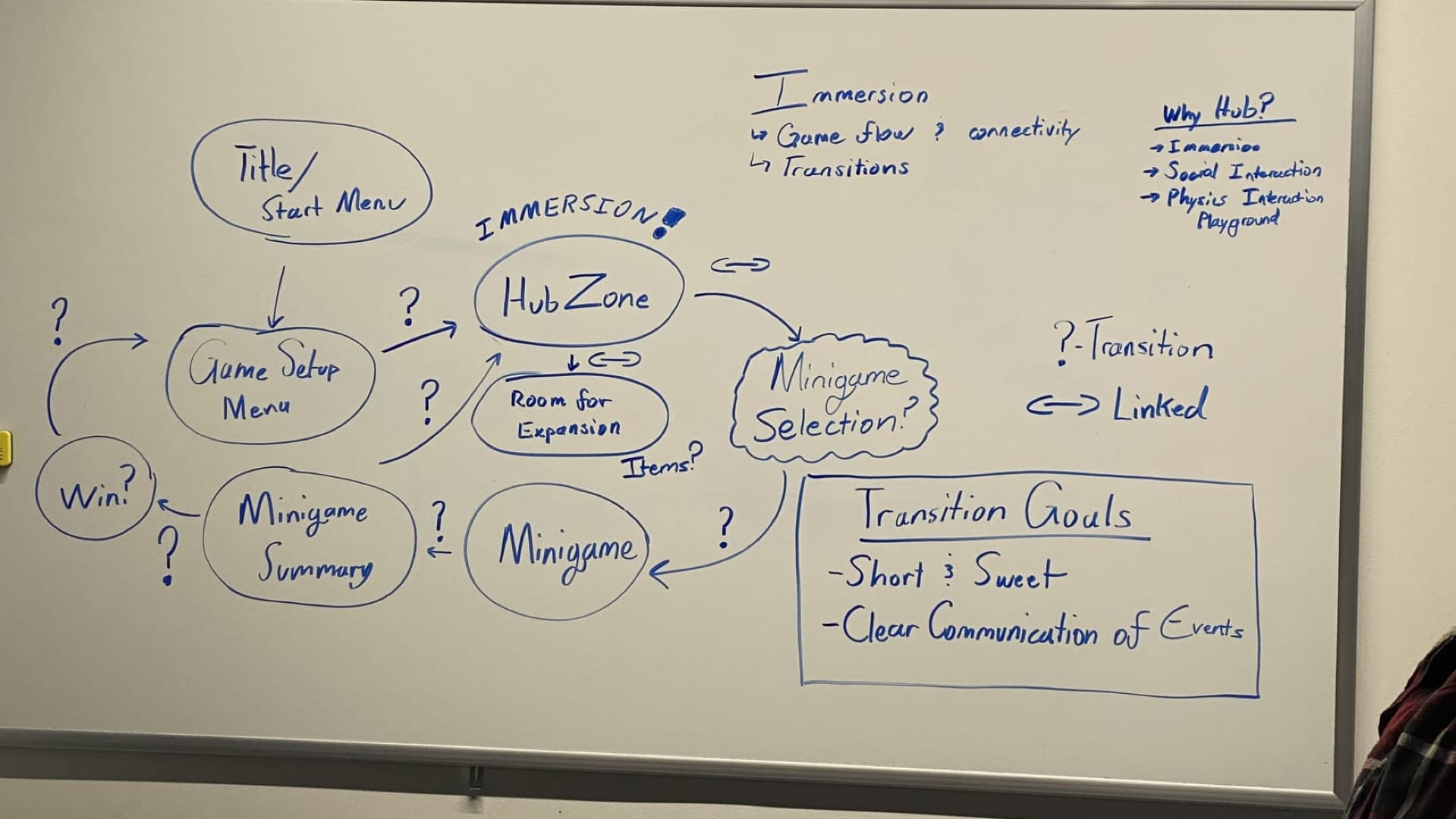
With every group project hurdles and debates are bound to happen. For cases like that I had established a rule early on: if a debate ever went in circles, I would step in to play moderator. However, this team rarely needed me to do so. They approach challenges with curiosity and a mindset of, "what is best for the project?"
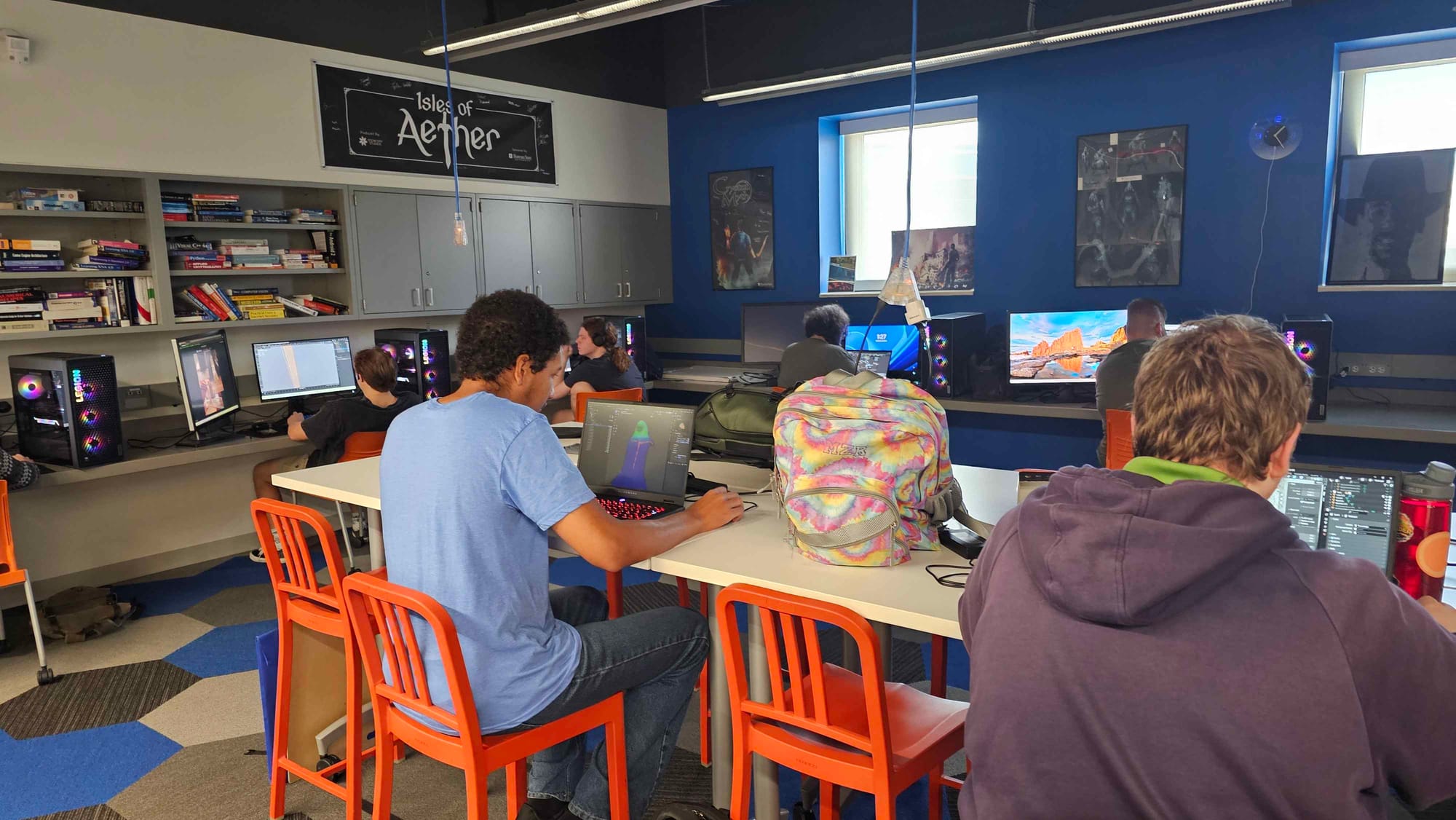
I worked with them to develop a team structure to emulate what it might be like working in a studio. Drafting the assistance of career services, they provided a formal application process and interview screenings for the class. We used these as tools to help select who would best fit the needs of the project in lead position. This gave the team clear guides who could make final decisions on major issues and help keep the entire team focused on hitting their milestone, with the first being their greenlight pitch.
Finals week finally came around, where I had the class pitch before a panel of faculty members. I do this to try and make things a bit more professional and fair. Even without this professional courtesy, everyone could tell they were ready. It was a unanimous call to greenlight the project, with only a few contingencies in place.
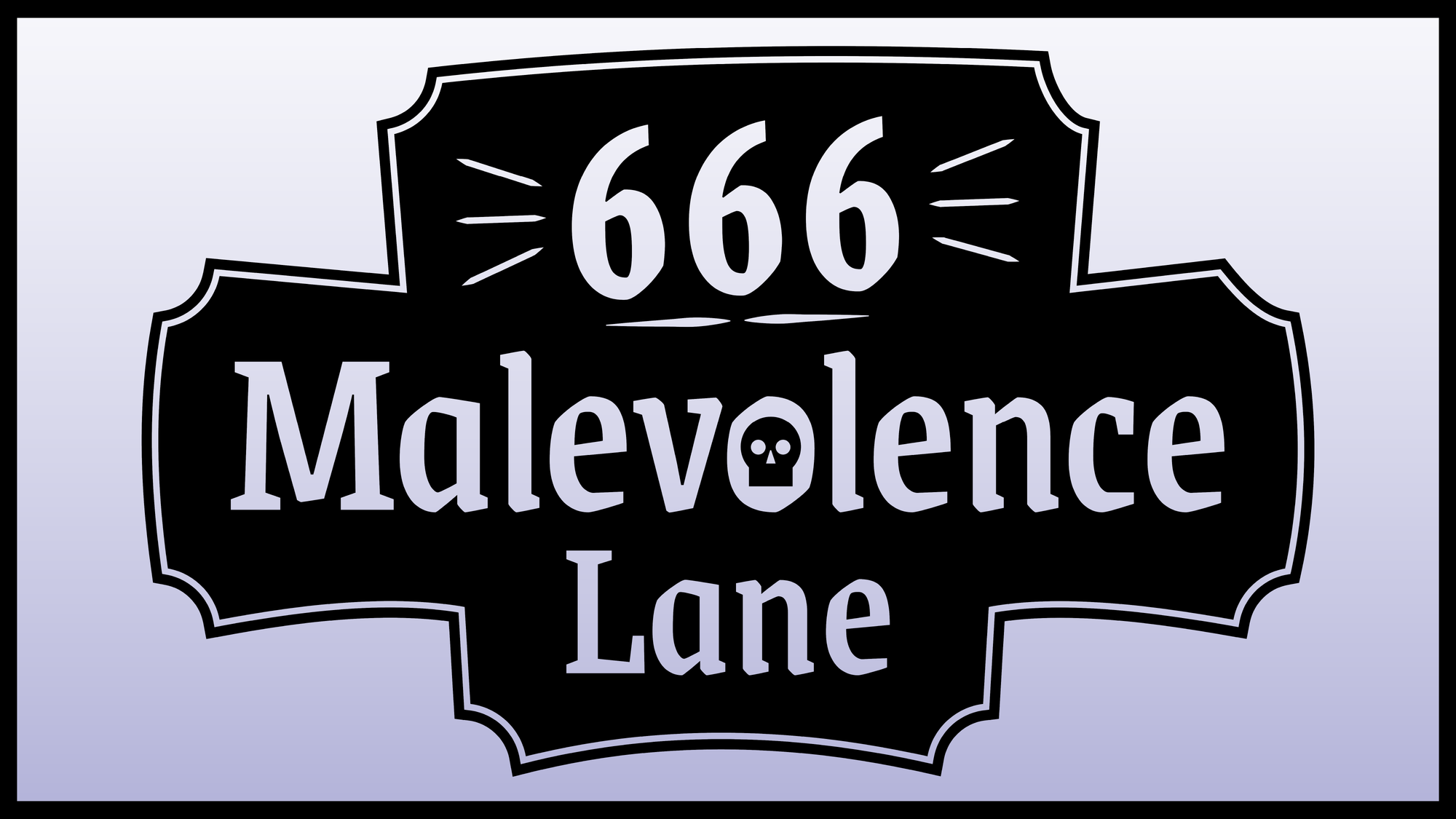
Forming a Studio
After a well-deserved summer break, we were back to business in senior capstone. Greg and I asked the students to catch us up to speed, as they knew we had expected some progress to be made. They showcased their concept work, early assets, and quick prototypes to the class. The demonstrations finished with a highlight from Technical Lead Camilla Leslie.
Camilla had developed a first-playable that included their hub world, fully playable mini game, and a working scoreboard. Several students couldn't help but giggle with excitement, seeing the game for the first time.

Afterwards, we went over their documentation, pipelines, and planned milestones for the semester. To generate a sense of identity, they picked up the moniker Bearly a Studio and updated the game title to 666 Malevolence Lane.
Around this time, Environment Lead Elliot Prince began taking on more of the business responsibilities for the studio. To help the team prepare to operate like a real game studio, he planned to join the ShawneeXP Pre-Accelerator. There, he would focus on reviewing EULAs so the team could confidently use tools like Blender and other open-source software in their production pipeline.
"Greg and I could see the project had bones, and we could start to take a step back." - Instr. Travis Lynn
A perfect opportunity was around the corner that would let them spread their wings. GDEX was coming up, and I was already organizing the Shawnee State booth with some of their teammates helping out. I wound up encouraging them to bring their demo to show at the booth. This led them to being able gather early player feedback, gaining even more confidence as a team.

Continued Progress
After about a month into class, Greg and I requested a development update. We gave them a week to prepare for it. The students made sure to share their completed objectives, struggles and solutions, and future milestone plans. But the real highlight for me was the demonstration.
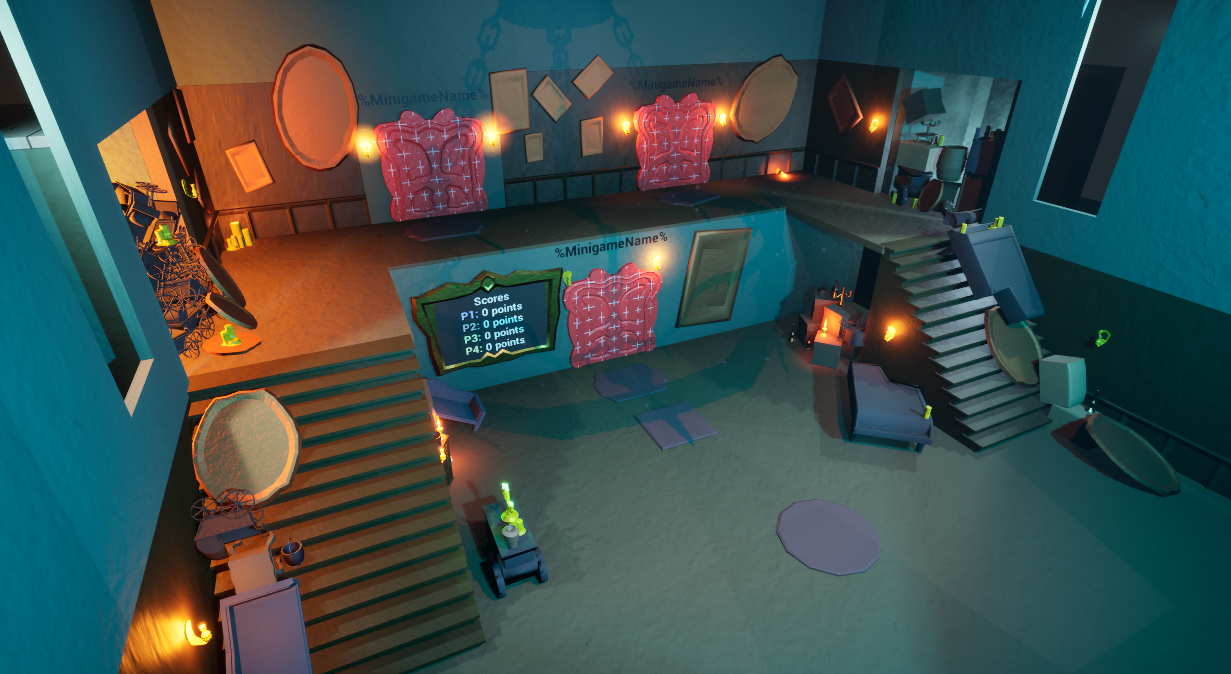
It started with them walking us through the improved foyer, which acted as the game's hub. Before event getting into the mini games, players could interact in silly-fun ways. They were shoving one other, bounce on each other's heads, all while trying to get the door to cast their vote for the next mini game.
Production Manager, Haley Magee, explained their clever twist in the voting: it was weighted to help players in last place get the game mode they wanted. This brilliant piece of design, though simple, ensured everyone would be having fun.
When they dove into the mini games, and I was thrilled to see how much everything had advanced. We saw a much cleaner, far less buggy version of Hide & Shriek, and then they surprised us with an early demo of a new infinite runner called Hall'o'way. I was happy to note both modes captured that perfect "Scooby-Doo vibe" of escaping a monster.
Preparing for Shawnee Game Conference
After their milestone review, Greg and I reminded them to prepare for Shawnee Game Conference. As part of the course(s), we want them to host several professional presentations, and SGC is just one way we have them do it. This didn't seem like an assignment to the group though, they were excited for it.
"For Bearly A Studio, you saw the shift happening when it was no longer about ‘my assignment’ and started to become about ‘our game’ and ‘our product.’ Every week they’re becoming better collaborators and communicators. Overtime, their thinking is not about a class assignment but as the start of their careers and as their business." - Prof. Greg Lyons
In preparation for SGC they took it upon themselves to schedule playtesting sessions across campus. They even brought the game to the Computing House Halloween party since it was on brand for the season. It wasn't just about getting feedback on the game itself, but also about learning how to present it at an event.


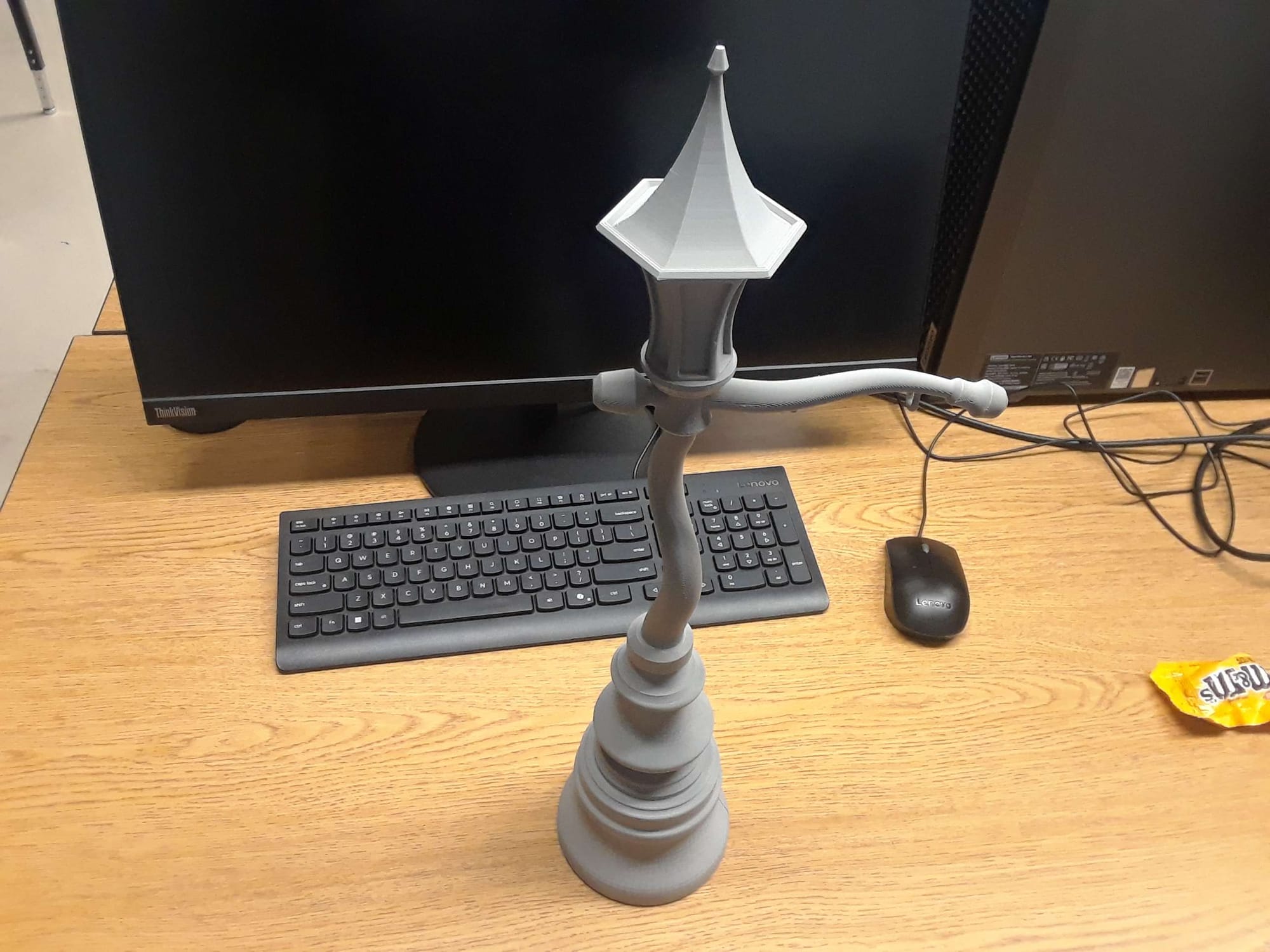
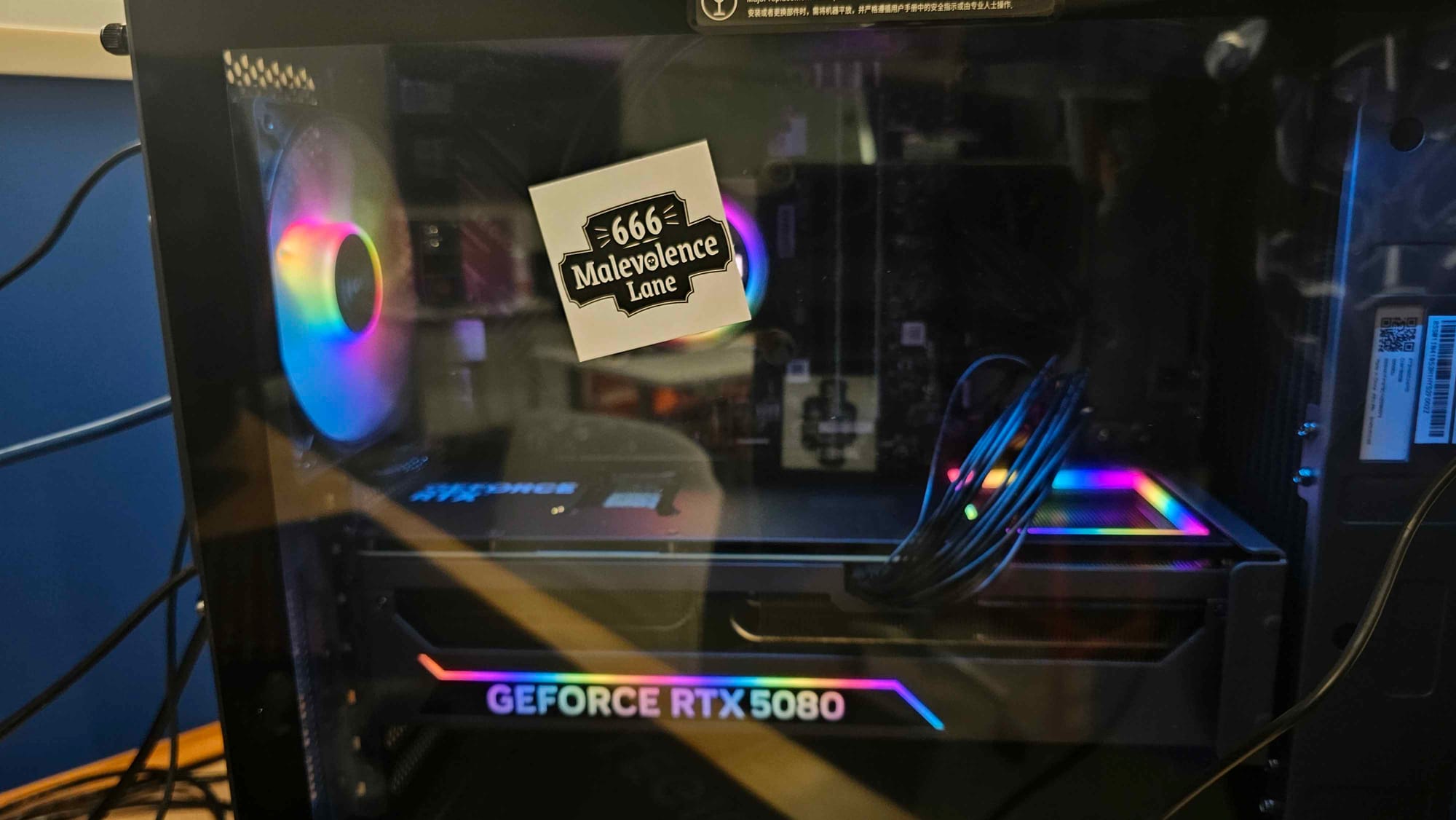
Various promotional materials created by the team.
Without prompting from Greg or myself, the students wanted to go even further beyond. They split the gang up into groups, each focusing on different ways to elevate their presence at SGC. The communications team started building out their social media pages and handling all exhibitor logistics, while the leads worked on coordinating a panel around their experience building a studio as students.
A Year in the Making
It is remarkable to look back and realize it has been a full year since they entered my Preproduction course. The same group who started with sketches, sticky notes, and lively debate now operate as a cohesive studio.
There is still more to learn, more to create, and another semester ahead for them to push their skills even further. I cannot wait to see where they take it next.
Join us at SGC 2025 (Nov 7+8) to learn from industry experts, attend hands-on sessions, and sharpen your game development skills. Tickets are now available. Reserve your spot and level up your knowledge.
Learn More About Bearly a Studio
Stay up to date with Bearly a Studio’s progress and see how 666 Malevolence Lane evolves.


